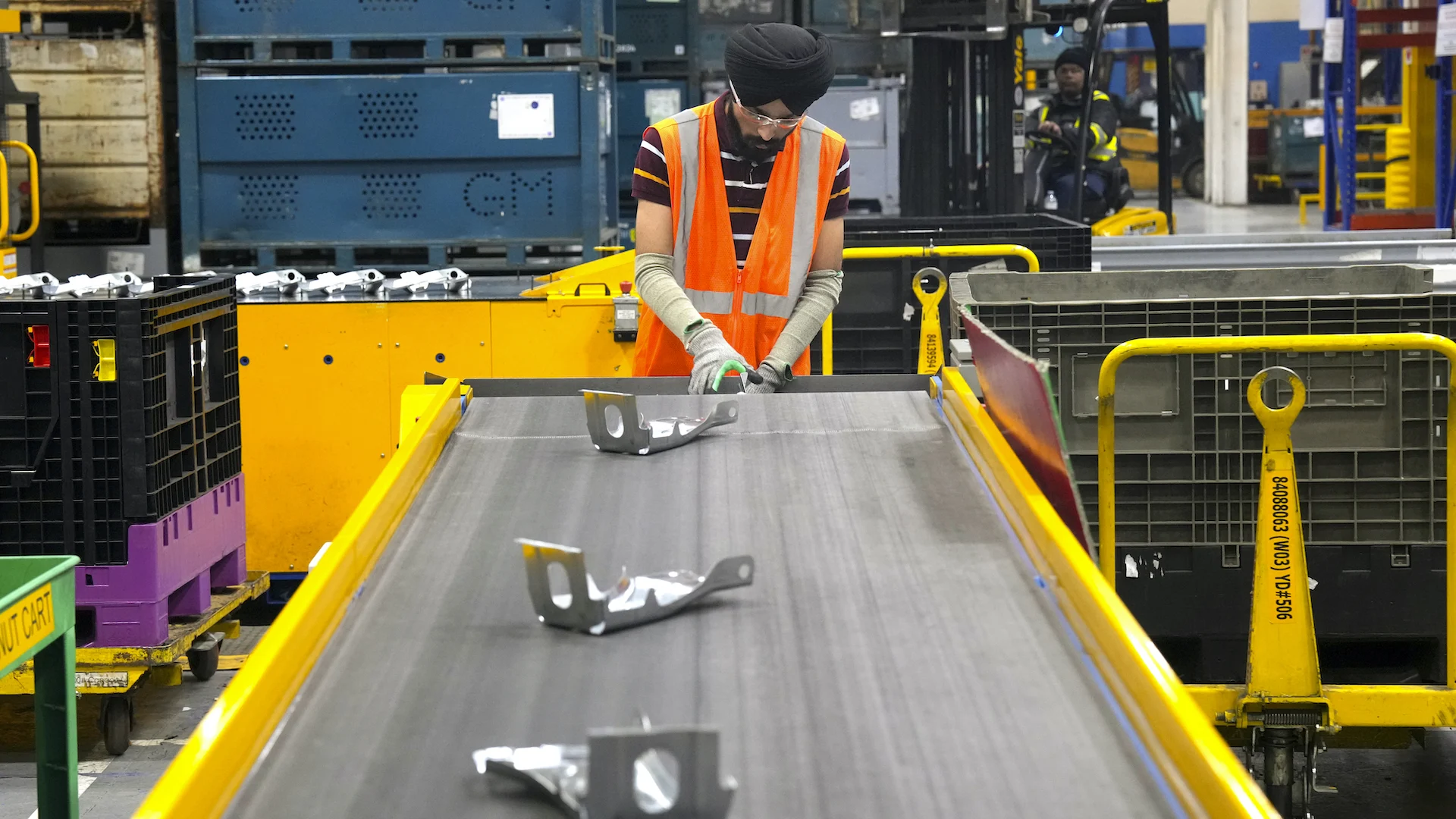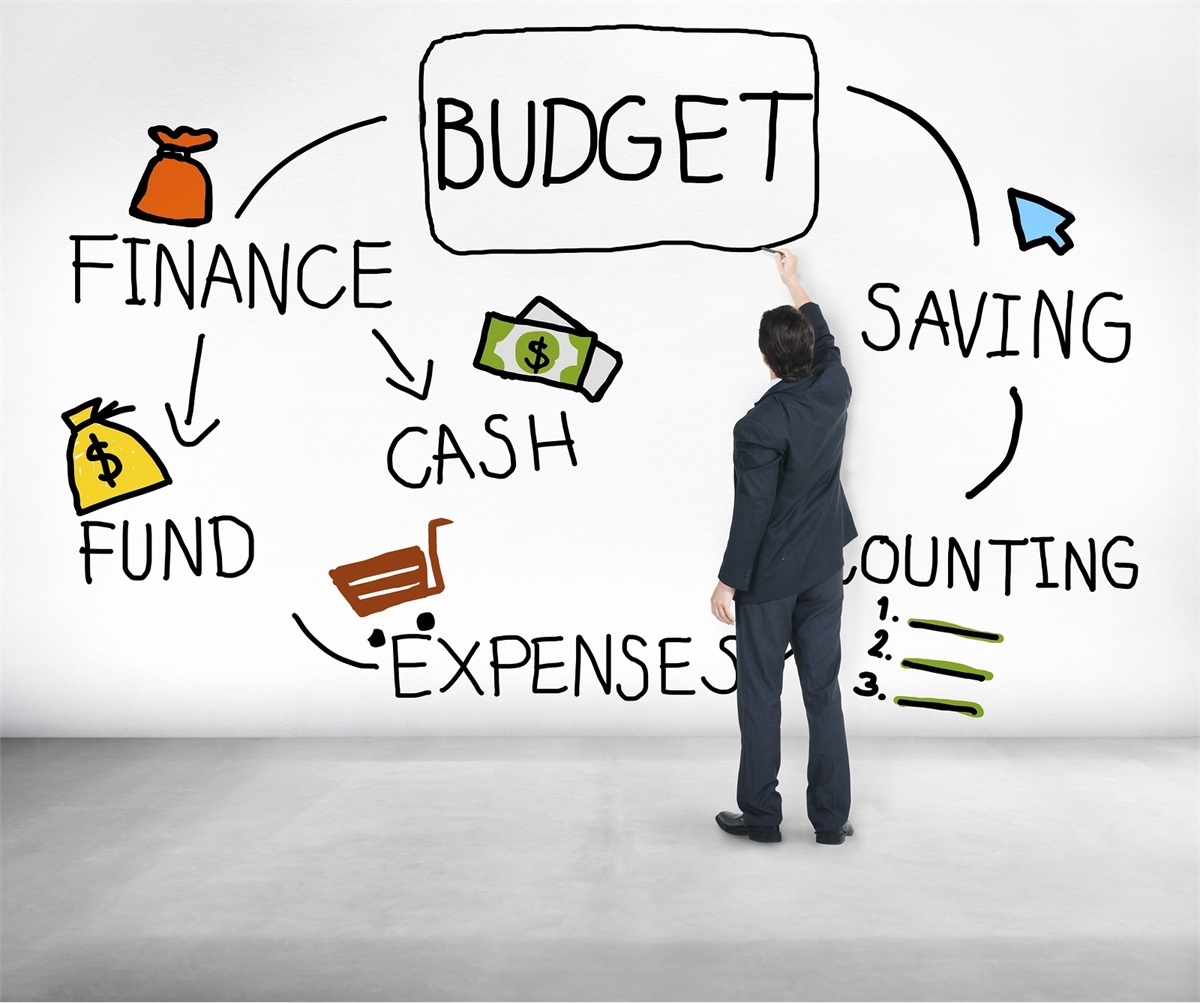Smart Importing: Winning Strategies in a Tariff Era
Smart Importing: Winning Strategies in a Tariff Era in today’s global marketplace, tariffs have become a persistent challenge for importers. Rising trade barriers and protectionist policies mean companies must adapt quickly. The key to success? Developing smart import strategies under tariffs that turn obstacles into opportunities.

Understanding the Tariff Landscape
Tariffs are taxes imposed on imported goods, designed to protect domestic industries. Over recent years, geopolitical tensions have led to increased tariffs worldwide. For businesses, this means higher costs and complex regulations.
Adapting to these changes is essential. Companies that fail to adjust their import strategies under tariffs risk losing competitiveness and profitability.
Diversify Your Supply Chain
One of the best ways to mitigate tariff risks is supply chain diversification. Relying on a single country or supplier exposes your business to sudden tariff hikes. Instead, explore suppliers in multiple regions such as Southeast Asia, Latin America, or Eastern Europe.
Diversification not only reduces risk but can also improve flexibility and lead times. It’s a cornerstone of modern import strategies under tariffs.
Leverage Free Trade Agreements
Free Trade Agreements (FTAs) reduce or eliminate tariffs between participating countries. Using FTAs effectively can lower costs significantly. However, qualifying for FTAs requires meeting specific rules of origin and documentation.
Smart importers analyze supplier locations and products to maximize FTA benefits. This shifts focus from just price to overall landed cost, optimizing your import strategies under tariffs.
Optimize Product Classification
Tariffs vary depending on product classification, identified by Harmonized Tariff Schedule (HTS) codes. Slight changes in product descriptions or assembly can change the applicable tariff rate.
By reviewing product classifications carefully, importers can legally reduce tariff burdens. Partnering with customs brokers or trade experts helps ensure accurate classifications in your import strategies under tariffs.
Nearshoring and Friendshoring
Nearshoring—sourcing closer to home—and friendshoring—working with politically aligned countries—are growing trends. These approaches reduce risks beyond tariffs, including shipping delays and political instability.
Incorporating nearshoring or friendshoring can be a vital component of resilient import strategies under tariffs.
Use Trade Intelligence Tools
Real-time data is crucial in a fast-changing tariff environment. Trade intelligence platforms offer updates on tariff changes, emerging markets, and supply risks.
Integrating these tools into your workflow empowers smarter decisions, allowing proactive rather than reactive import strategies under tariffs.
Consider Inventory and Shipment Tactics
Splitting shipments into smaller batches or using bonded warehouses can minimize tariff exposure and improve cash flow. These tactics add flexibility and can defer tariff payments until goods are sold.
Such logistics strategies are increasingly common in advanced import strategies under tariffs.
Outsource to Trade Experts
Navigating tariffs can be complicated. Third-party logistics providers, customs brokers, and trade consultants bring specialized expertise that saves time and reduces errors.
Outsourcing parts of your import process ensures compliance and cost efficiency in your import strategies under tariffs.
Design Products with Tariffs in Mind
Product design can influence tariffs. Modifying materials, assembly, or packaging to meet favorable tariff codes is a creative way to save costs.
This forward-thinking approach enhances your import strategies under tariffs by integrating trade considerations early in product development.
Implement Tariff-Sharing Contracts
Including tariff-sharing clauses in supplier agreements helps distribute risks. Both buyer and seller agree on who covers tariff changes, reducing unexpected costs.
Such contracts provide financial predictability and are becoming standard in robust import strategies under tariffs.
Explore Alternative Ports
Using secondary or inland ports can reduce port fees, congestion, and sometimes tariffs. Exploring foreign trade zones offers duty deferral benefits.
Flexibility in entry points is a tactical advantage in modern import strategies under tariffs.
Utilize Duty Drawback Programs
For products that are re-exported, duty drawback programs allow reclaiming tariffs paid on imports. Many companies overlook this valuable opportunity.
Incorporating duty drawback claims is a smart add-on to effective import strategies under tariffs.
Build Supplier Redundancy
Having backup suppliers in different countries ensures you can pivot quickly if tariffs or disruptions arise. This redundancy is essential for resilient import strategies under tariffs.
Monitor Tariff Risks Continuously
Tariffs can change suddenly. Staying informed through subscriptions, AI monitoring tools, and political analysis helps you adjust strategies in real time.
Continuous monitoring is vital to maintain agility in your import strategies under tariffs.
Align with ESG Standards
Environmental and ethical considerations are influencing tariffs. Carbon tariffs and ethical sourcing requirements are on the rise.
Integrating ESG compliance into your import decisions future-proofs your import strategies under tariffs.
Develop Cross-Functional Teams
Tariff impacts cross multiple departments. Coordinating procurement, legal, logistics, finance, and marketing ensures decisions are holistic and efficient.
Cross-functional collaboration strengthens your import strategies under tariffs.
Tariffs are a permanent fixture in global trade, but they don’t have to be a liability. By diversifying suppliers, leveraging trade agreements, optimizing product design, and using smart logistics, businesses can master import strategies under tariffs.
Success in this new era requires adaptability, knowledge, and collaboration. With the right strategies, companies can not only survive tariffs but thrive and gain competitive advantage.





